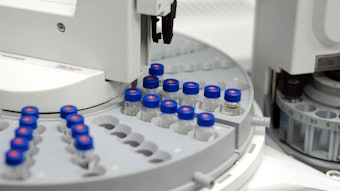Cellulite is considered an endocrine metabolic microcirculatory disorder that causes interstitial matrix alterations and structural changes in subcutaneous adipose tissue.1 It is localized mainly on the thighs, buttocks and occasionally the abdomen, and it is characterized by an orange peel or cottage cheese appearance. Approximately 85% of women worldwide are concerned by cellulite.1
Although the cellulite pathogenesis is not fully understood, a variety of circulatory and structural changes have been identified that contribute to the orange peel appearance of the skin. First, the capillary networks of the dermis are impaired from the breakdown in blood vessel integrity, which causes fluid retention and clumping of engorged fat cells in the subcutaneous tissue. The aggregation of adipose cells and the growth of collagen fibrils further hamper microcirculation, leading to dermal metabolism reduction. Moreover, dermal thinning occurs in response to minimized protein synthesis and reduced degradation. Adipose cells isolated from nutrition and toxins removal swell to micronodules that finally agglomerate to macronodules.1–4










